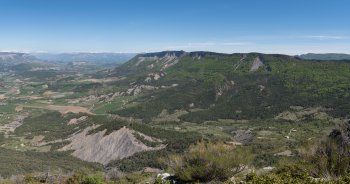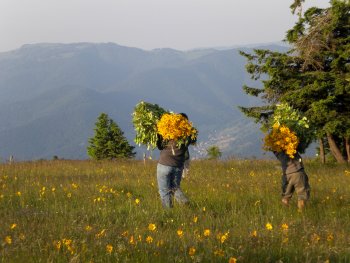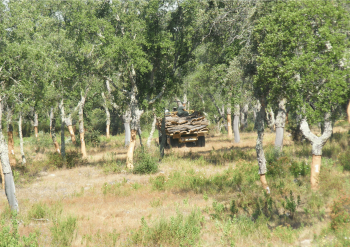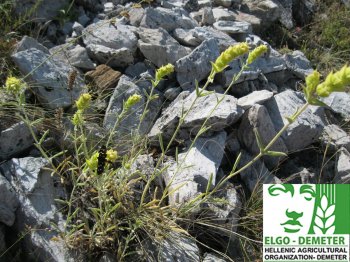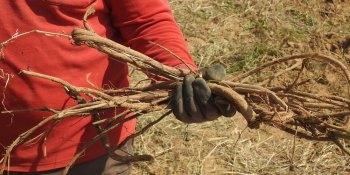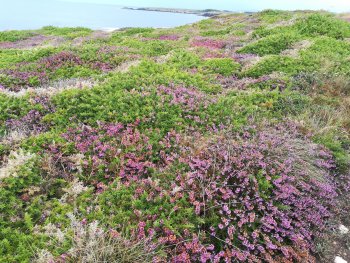Owners group their forest plots into ASLGF to manage their forest and produce essential forest oils
Private forest is often very fragmented: forestry operations and forest products marketing are difficult on small areas. Owners have organized themselves into a forest management association (ASLGF) to group their plots into a single management unit. Their objective is to jointly lead the development of their forests. In addition to harvesting wood, they also registered collective production of essential oils of Scots pine. They wish to label themselves as a Forest Economic and Ecological Interest Group (GIEEF).

